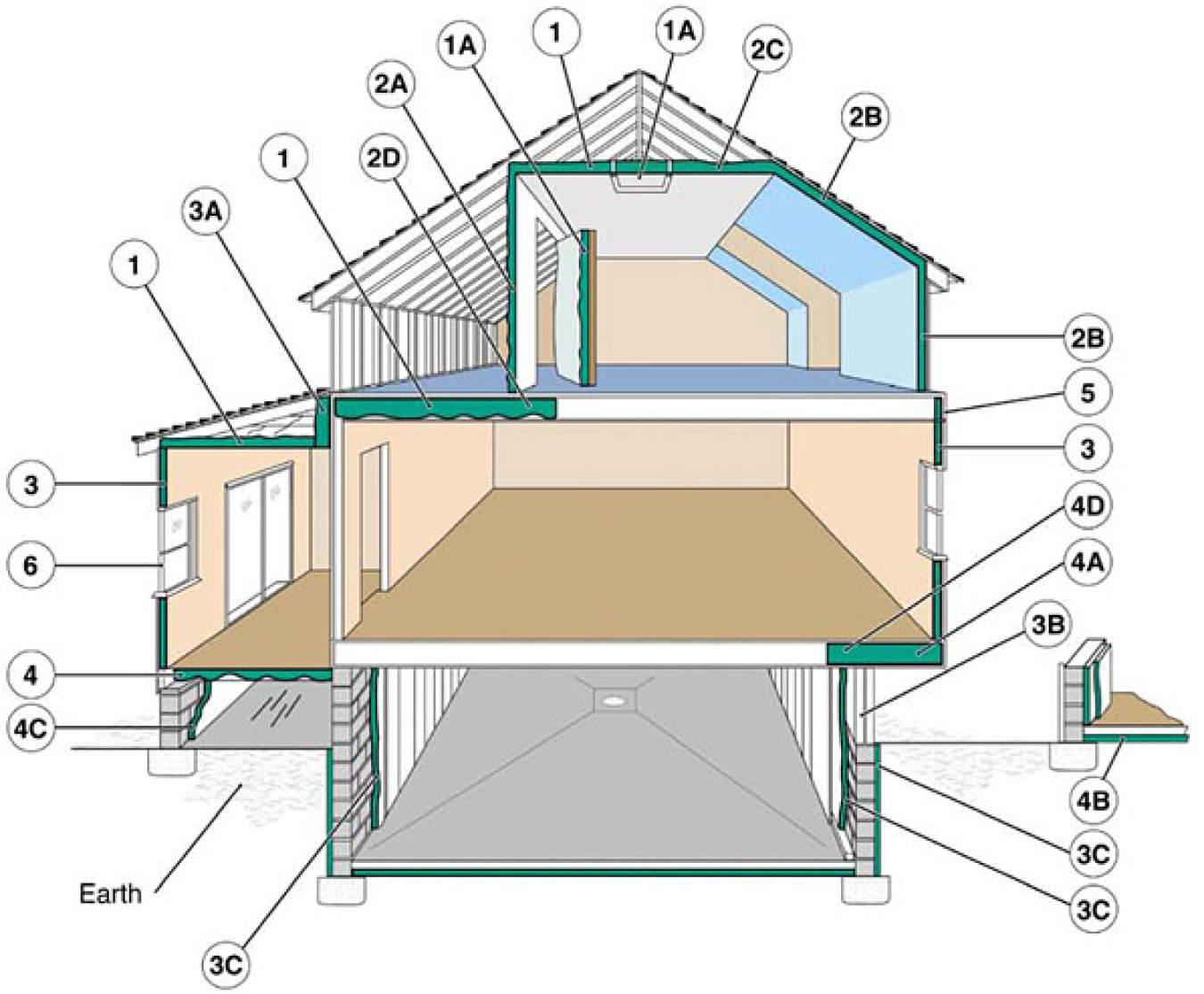Index Surge: Amplifying Your Insights
Stay updated with the latest trends and news across various industries.
Why Your Home Is Throwing Money Out the Window with Bad Insulation
Discover how poor insulation is costing you money and learn simple tips to keep your cash from flying out the window!
Is Your Home Losing Money? Discover the Hidden Costs of Poor Insulation
When it comes to home expenses, many homeowners often overlook the impact of poor insulation. This can lead to a host of hidden costs that gradually eat away at your budget. Insulation plays a crucial role in maintaining a comfortable indoor temperature, and when it fails to perform, your heating and cooling systems have to work overtime. According to estimates, homes with inadequate insulation can lead to energy bills that are significantly higher—sometimes exceeding 20% more than homes with proper insulation. This is especially critical during extreme weather conditions, when the cost of heating in winter or cooling in summer can cause a noticeable dent in your finances.
Besides elevated energy bills, poor insulation can contribute to other expenses that might not be immediately apparent. Issues such as moisture buildup can result in mold growth, which can necessitate costly remediation. Additionally, pests are more likely to invade poorly insulated homes, leading to potential damage and repair costs. To summarize the hidden costs associated with inadequate insulation, consider the following points:
- Increased energy bills
- Potential mold remediation
- Pest control and damage repair
Recognizing and addressing these issues is essential to avoid the financial pitfalls of living in a poorly insulated home.

Top Signs Your Insulation Is Costing You a Fortune
Insulation plays a crucial role in maintaining a comfortable temperature in your home, but if it's not doing its job effectively, it could be costing you a fortune on your energy bills. One of the top signs that your insulation is underperforming is uneven temperatures throughout your home. If you notice that certain rooms are significantly warmer or cooler than others, you may have insulation issues. Additionally, listening for drafts or feeling cold air in places where it shouldn’t be, particularly around windows and doors, can indicate that your insulation isn't sufficient.
Another major indicator that your insulation is draining your wallet is an increase in your heating or cooling bills. If you've experienced a noticeable spike in energy costs without any changes in usage habits, it's time to take a closer look at your insulation. Pay attention to how often your HVAC system runs; if it’s cycling on and off more frequently than normal, costly insulation problems could be the culprit. Regular maintenance checks can help identify these issues early, ultimately saving you money in the long run.
How to Boost Energy Efficiency: The Importance of Proper Home Insulation
When it comes to boosting energy efficiency, one of the most critical components of any home is its insulation. Proper home insulation acts as a barrier against heat loss during the winter months and heat gain in the summer, ensuring that your living environment remains comfortable year-round. Without adequate insulation, you may find yourself relying on heating and cooling systems more frequently, leading to higher energy bills and an increased carbon footprint. In fact, studies show that homes with properly installed insulation can save homeowners up to 20% on annual energy costs.
To achieve optimal energy efficiency, it is essential to assess the current state of your home’s insulation and make necessary improvements. Here are a few key steps you can take:
- Conduct an insulation audit to identify areas prone to air leaks.
- Invest in quality insulation materials that suit your climate zone.
- Ensure that insulation is installed correctly, paying close attention to attics, walls, and floors.
By prioritizing proper home insulation, you not only enhance the energy efficiency of your property but also contribute to environmental sustainability.